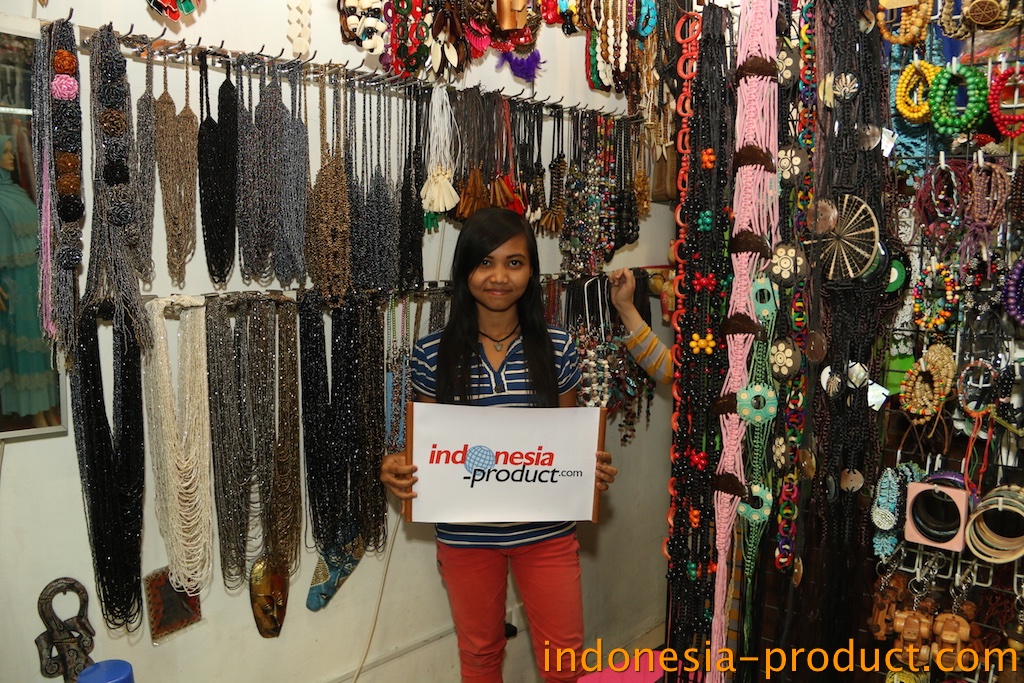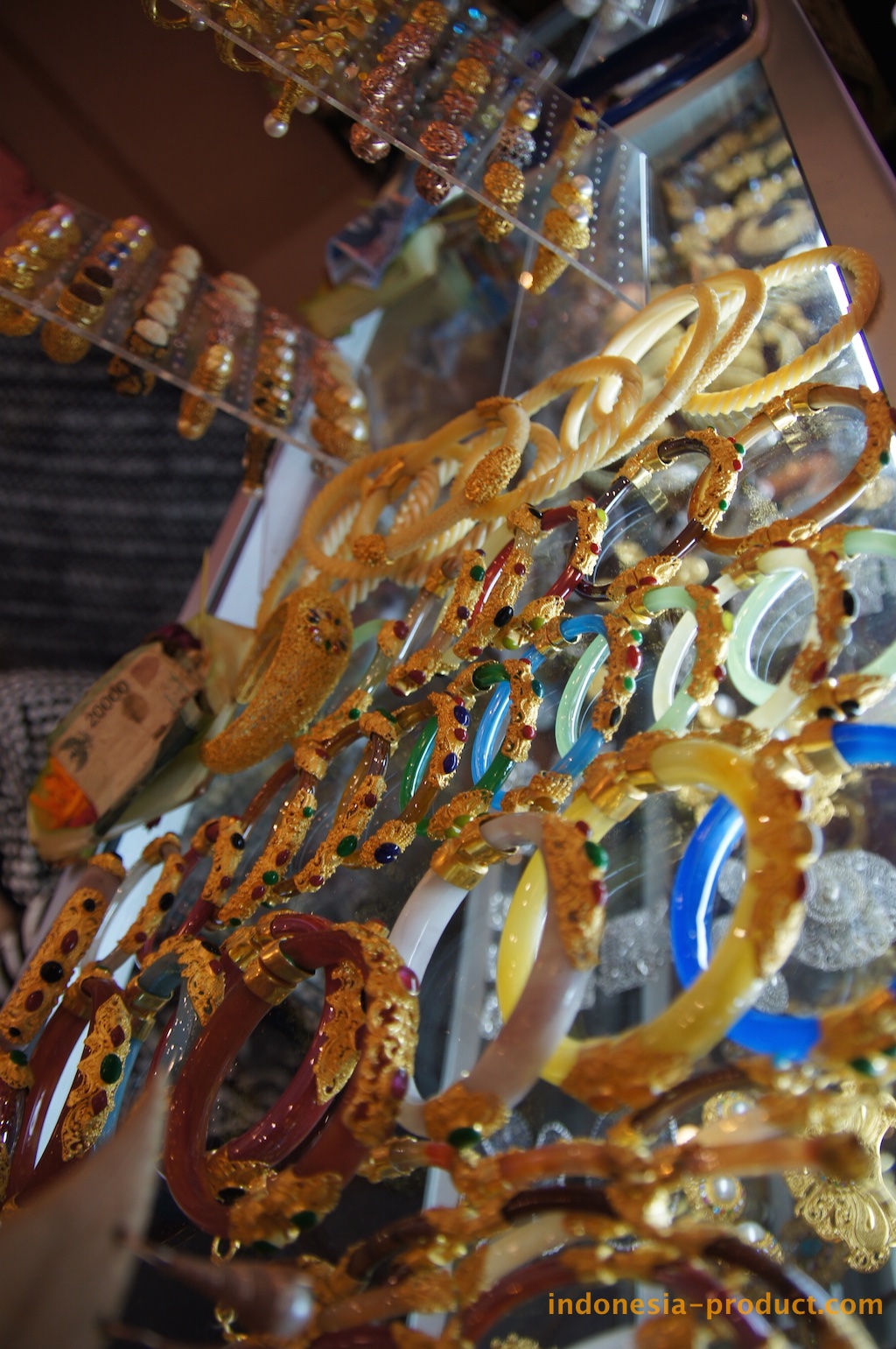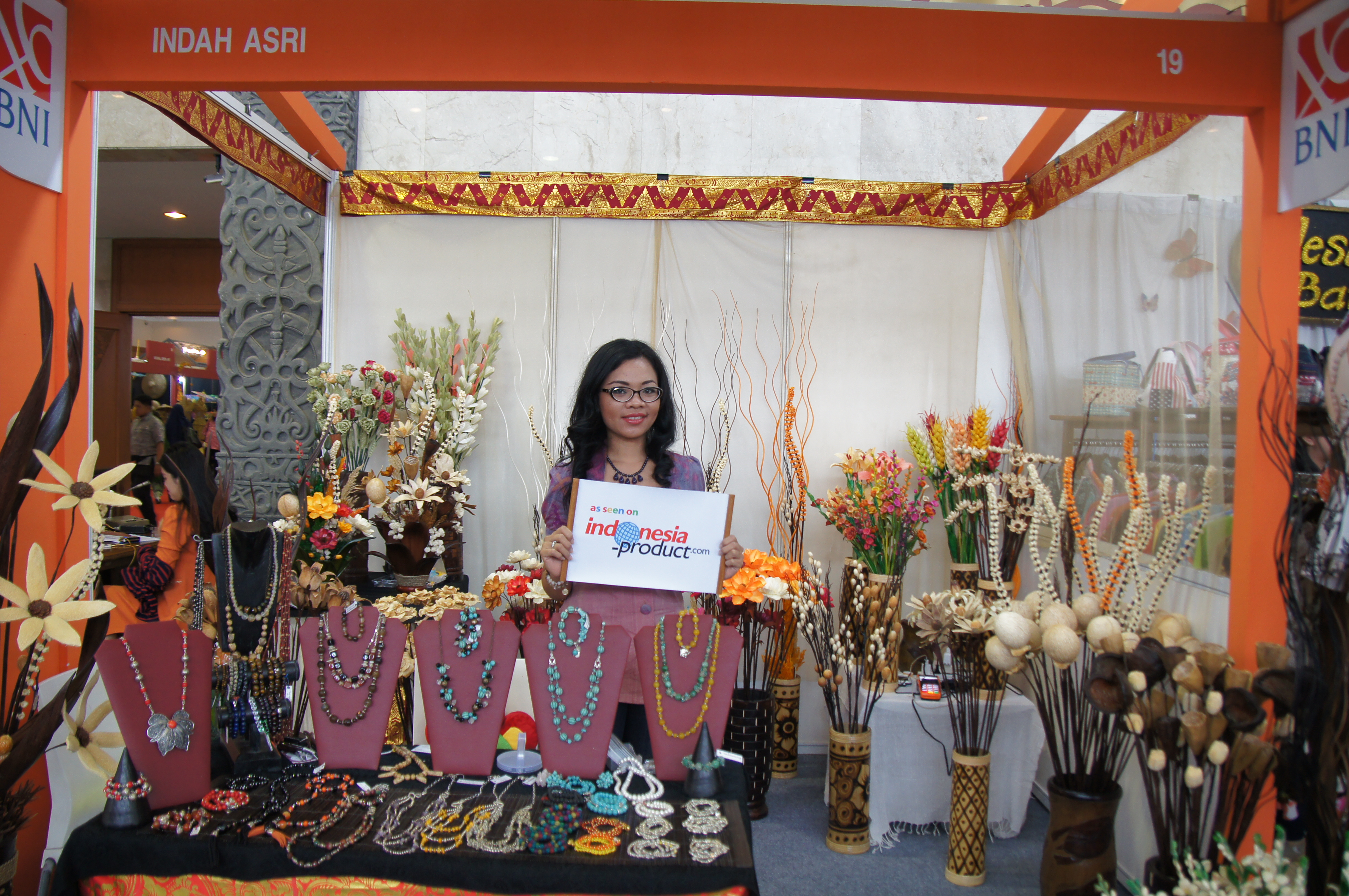Golden opportunity to bring in cash from antique jewelry
Newsday, NY
It sounded too good to be true.
Bob Hoffmann, 56, of Gillette, N.J., had some gold jewelry he hadn’t worn in years – a chain bracelet, a ring, a money clip. When he heard a radio commercial for a company that bought old gold, sight unseen, he visited their Web site, requested one of their shipping bags, and sent his unwanted valuables on their way.
“The stuff sat in a drawer – I had no use for it,” says Hoffmann, who expected to get well over $100 for jewelry that had cost him four times that.
The amount of the check that the company promptly mailed him? A trifling $58.
“It’s nothing like what people say,” concludes Hoffmann, who doesn’t want to bother returning the paltry check and getting his gold back. “And at the end of the day, I wouldn’t do it again.”
Coveted by cultures as ancient as the Aztecs, enshrined in myth with the tales of that first gold-fingerer, Midas, gold has a time-misted history as the most precious of metals. Atomic number 79 on the periodic table has served as the standard for many currencies – hence the term “gold standard.” And it is the ultimate recycled commodity: That dated rope chain from your “Saturday Night Fever” days may have had another life as a tiny scissor on a Victorian chatelaine, or an ancient Greek coin.
Hoffmann’s experience to the contrary, today, more than ever, it pays to cash in old gold. Earlier this month, the value of the shiny yellow stuff reached an all-time high of more than $900 an ounce, breaking the record of $875 set in 1980. (Then, as now, oil prices were skyrocketing, the dollar was in the toilet, and “stagflation” – inflation paired with a flat economy – drove investors to seek refuge in the conservative metal.)
“When the price of gold becomes newsworthy, we see quite a jump in people selling old gold, and we’re seeing a large increase in business now,” says Joshua Garfield, marketing director at Philadelphia-based Garfield Refining, which is in the business of refining scrap gold. “And when people want to sell, people come out of the woodwork to buy.”
But how happy you will be with the cash you get depends on the purity of your gold, how much of it you are selling and how much research you do.
When it comes to selling gold, there are two options: Sell to a jeweler or other middleman, or directly to a refining company.
Cecilia Gardner, president of the Manhattan-based Jewelers Vigilance Committee, notes that all municipalities have laws requiring those who buy secondhand gold to obtain identification of the seller and hold the gold for a specified period. “If a jeweler is not doing that,” she warns, “something is wrong.”
Comparison-shopping pays off, says Eileen Stewart of Roosevelt, who visited several places, including an appraisal fair, to get the best price for some old jewelry and coins she was selling for her elderly neighbor.
“I walked out with $3,500,” she said of her visit to the coin dealer who eventually bought the lot. “He must have spent 45 minutes to an hour with me, and he was helpful and informative.”
A less popular option is sending the gold directly to a refining company, not all of which deal with the public.
“The bulk of our business is from professions that use a lot gold,” such as dentists and dental labs, says Garfield. “But we have a few private customers as well,” including miners who have panned for placer gold, which looks sort of like sand but can be anywhere from 18 to 22 karats.
As soon as a customer’s scrap gold arrives at the company, it is logged, locking in the price of gold on the day of receipt. Then the gold is melted and assayed in the laboratory to determine its composition.
“For example, most dental golds contain palladium, which increases the strength of the gold without compromising some of its advantages,” Garfield explains. “And while palladium is not a beautiful metal, it has a value in itself.”
Other lesser metals that can be present in the gold alloy include copper, silver, zinc and nickel. The degree of the gold’s purity is expressed in karats, with 24k being pure gold, 18k being 75 percent gold, and 14k being 58.5 percent pure.
“Sometimes, customers will request to be paid in bullion,” a tradable commodity for which they pay a premium, Garfield says. Still others ask for the cash value of their gold be used to purchase casting material, or small beads of gold alloy of a known karat that can be worked by a jeweler.
Sellers can also have their gold refashioned into new pieces, though it’s not the easiest route.
“Very few people have the facilities to melt gold at 2,200 degrees Fahrenheit,” says Joe Parrella, vice president of Eastern Numismatics in Garden City. “And it’s more costly,” because the resulting jewelry will be custom work.
Gardner cautions that many jewelers might balk at working with scrap gold. Gold from a refiner has already been refined down to the percentage of gold they want, she says, “as opposed to bringing them an assortment of 10-, 12-, 14- and 18-karat gold.”
Glenn Bradford, whose eponymous jewelry store is located in Port Washington, works only with 18-karat gold or better in the many custom pieces he designs. He recently handmade a necklace out of a bracelet that a customer inherited from her uncle. “She feels like her uncle is hugging her every day she wears it,” he says.
But for pieces he sends out to be cast, Bradford cannot use third-party gold, no matter the karat. Sentimental value aside, hand-making such a piece instead “may not be economical” because of the time required.
Though some jewelers tell customers that the small colored gemstones and even diamonds in their gold are worthless, Bradford disagrees.
“There’s always an intrinsic value to gemstones – if you go to buy them, they’ll cost you money,” he says, adding that he always extracts stones from gold his customers want to scrap, unless the stone is of such poor quality and removal is so time consuming it’s not cost effective.
“People are in the dark when they scrap the gold,” he concludes. “Some jewelers offer pennies on the dollar.”
The best defense? A consumer who is educated – and willing to do the legwork to find the best deal.
Calculating Value
You have an 18-karat gold necklace you want to sell. What’s a fair price?
First, you need to know what gold is selling for. To simplify things a bit, let’s use a round (if outdated number): $800 an ounce, which is about where the gold market was a month ago.
All gold transactions are conducted in pennyweights, with 20 pennyweights to 1 ounce of gold. Divide the $800 an ounce by 20 pennyweights, and you end up with a value of $40 a pennyweight.
But that’s based on pure gold, which your necklace isn’t, because the unadulterated metal is too soft to work with. Karats measure the purity of gold; the higher the karat, the higher the gold content. (Pure gold is 24 karats.) Since 18-karat gold is only 75 percent gold, deduct 25 percent from the pennyweight value, which leaves you at $30 a pennyweight.
This is the number you need to compare with the price being offered to you, which, of course, will not be $30 – refining costs, the time spent handling the transaction and the quantity of gold (the more pennyweights, the better the price) need to be factored in. Also keep in mind that gold often does not match the benchmark with which it is stamped. Most of the time, it is slightly under karat.





